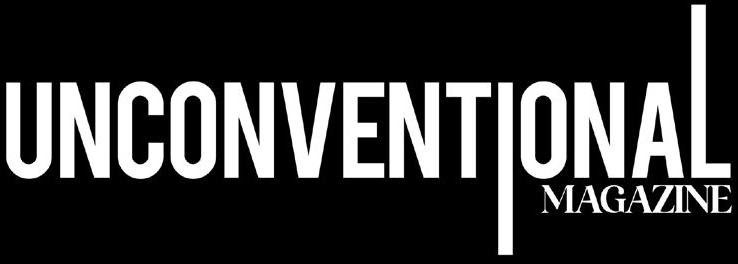- Judith Akatugba
- 0 Comments
- 642 Views
According to Frank Smoll, a psychology professor at the University of Washington, “for the majority of people, setting a goal is one of the most useful behavior change mechanisms for enhancing performance,” regardless of your goals—running a marathon, eating healthier, or just getting off the couch a little more. As he puts it, “it’s highly individual; there is no one way to achieve a goal.” However, you can stay the course with the aid of these goal-setting techniques.
Read Also: Tips On How To Prepare Your Home For Sell
Pick a specific, realistic goal
Individuals often begin goal-setting a little too enthusiastically, attempting to make drastic changes to multiple areas of their lives at once. However, that can backfire and become overwhelming very soon. “Identifying the most crucial one or two requires a methodical approach,” according to Smoll.
Narrowly defining a goal will help you identify the tasks required to achieve it, which can encourage you to follow through on your commitment. “Your objective should be sufficiently defined to allow for measurement and efficient utilization,” advises Smoll.
According to Zander Fryer, the originator of High Impact Coaching, it should also be grounded in reality. He supports the Goldilocks-sized objective. He claims that if something is too enormous, it will scare you away; if it’s too small, it won’t inspire you. “Each person needs to identify the objective that propels them forward.” Give yourself a deadline you can meet in order to keep yourself accountable, suggests Fryer. “That will spur you on to action.”
Create a plan of attack
According to Smoll, you should always set two goals: a process objective and a product goal. A product goal would be to strive for a 4.0 GPA as the final goal. A process goal would specify the actions necessary to reach that objective. The process objective is just as important as the product goal, although receiving more emphasis.
Put down a strategy that outlines the steps you’ll take to reach your ultimate objective. According to Smoll, “a productive achievement strategy could include skating additional 10 sprints after practice each day” if a hockey player wishes to increase their speed by 5%.
Eight Ironman and thirty ultramarathons later, Jason Bahamundi establishes a process goal before to each race. “I consider the cost, the schedule, and the training of what I’m doing a lot,” he states. “I’m successful if I can consider the task and then work backwards.”
Be accountable to yourself and others
The exciting part is creating the goal. It’s harder to stick with it. Fryer states, “You will encounter obstacles and anxieties,” which is why accountability is crucial, particularly in the beginning. “When you hit a rough patch, having a partner, mentor, or social accountability will help.”
Fryer suggests selecting a person you don’t want to let down, investing in a mentor or accountability partner, or locating like-minded individuals via professional or social media groups. This individual can assist by setting clear expectations, emphasizing performance, and keeping track of advancements.
Developing your patience will also be beneficial. “Remind yourself that it takes drive, perseverance, and resilience to achieve a goal,” advises Fryer. “Be prepared that it will take longer and be harder than you anticipate.”
That entails being aware of when you might need to take a break to collect your breath. Bahamundi is adept at preventing mental exhaustion by including breaks in his workflow, especially when he’s getting ready for extended events. “I train intensely for three weeks at a time, followed by a full week of recovery,” he states. Whether your goal is to start a huge career transition, improve a relationship, or lose weight, you can avoid burnout by balancing work and rest.
Find joy in the process
Long-term motivation maintenance can be facilitated by savoring the feeling of pursuing your objective, according to Brad Stulberg, co-founder of the Growth Equation and performance coach. “The grind of putting your head down and doing the work, anger and fear of failure, and enjoyment are the three stages most people cycle through,” he explains. However, enjoying the process of going to work is crucial and shouldn’t wait till the very end. According to Stulberg, “imagine the process and how it makes you feel before you take on a goal.” “It’s probably not the proper goal or time if you start to feel tight and constrained. Feeling receptive and inquisitive is a positive indication.
You won’t always feel better about the process, so it’s critical to recognize your small victories along the way to the main goal. “Celebrate each little step you take toward your goals as you go along,” advises Smoll. “Yard by yard is hard, but inch by inch, it’s a cinch,” is a statement I like to use. Self-affirmation is incredibly inspiring.
When you do cross the finish line, you may discover that the true reward was the journey rather than the final result. “I am aware that each day I work, I am improving my chances of success on race day,” states Bahamundi. “This race is my lap of celebration for all the effort I’ve put in.”











